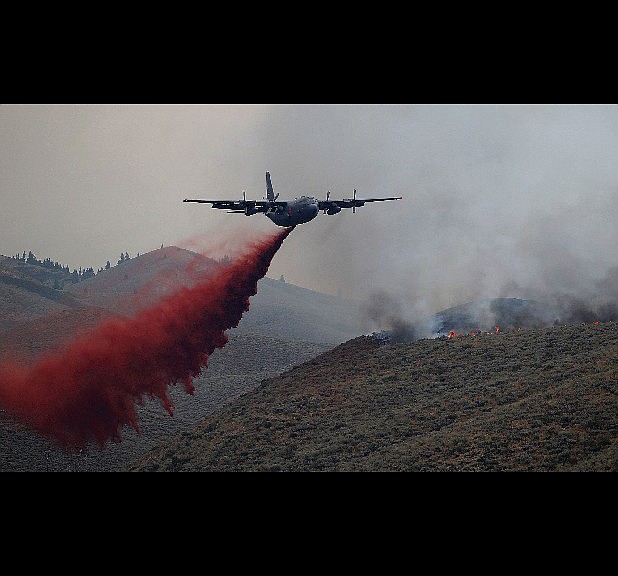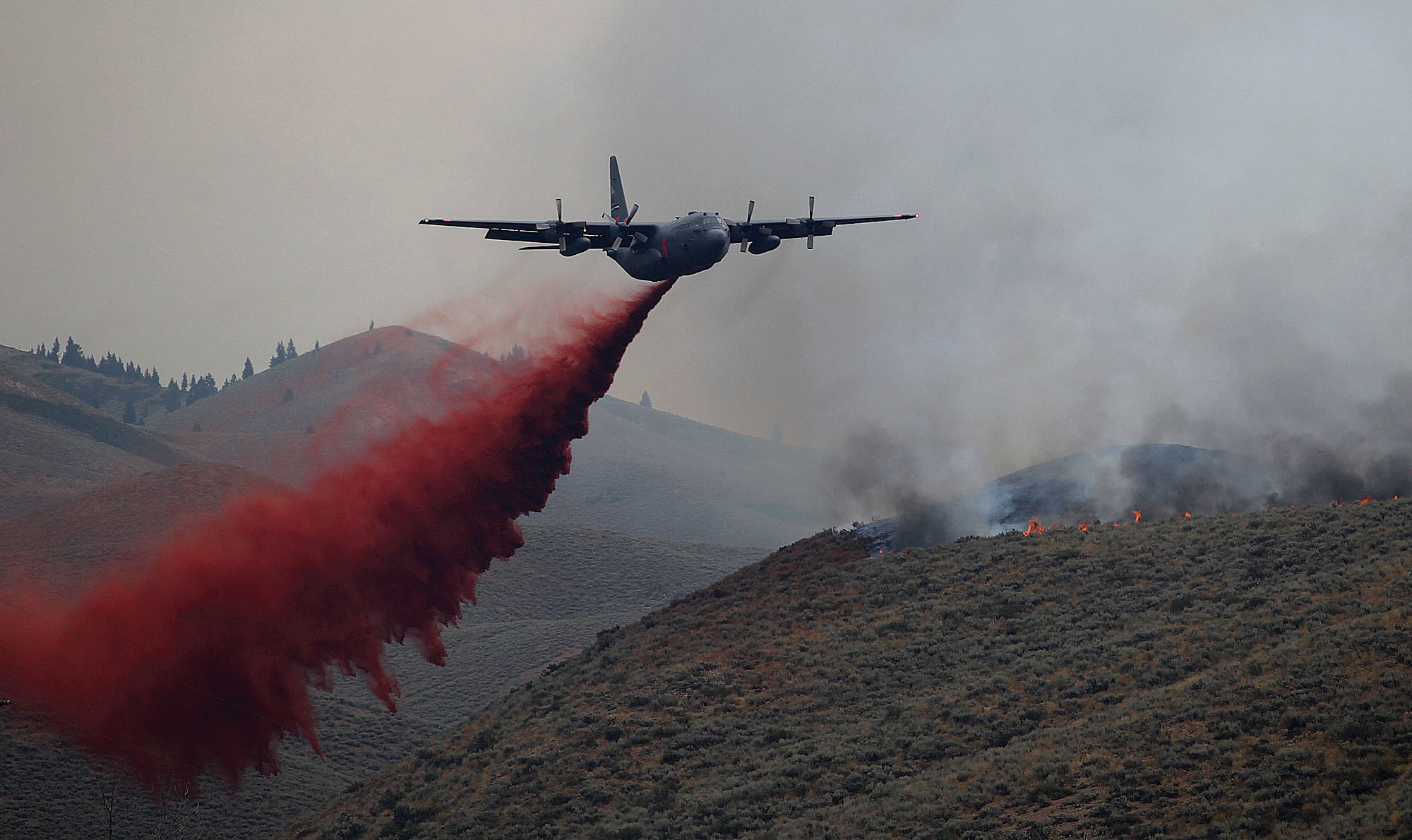BANNING, Calif. - California truly is the Golden State this summer - golden brown - and that has fire officials worried heading into the peak of the wildfire season.
It's still weeks before the fire-fanning Santa Ana winds usually arrive and already it's been a brutal fire season, with nearly twice as many acres burned statewide from a year ago, including 18,000 scorched this week in a blaze still raging in the mountains 90 miles east of Los Angeles.
So far this year, California fire officials have battled 4,300 wildfires, a stark increase from the yearly average of nearly 3,000 they faced from 2008 to 2012, said Daniel Berlant, a spokesman for the California Department of Forestry and Fire Protection.
Until last week, those fires had already burned 111 square miles or more than 71,000 acres, up from 40,000 acres during the same period last year. The annual average for acreage charred in the last five years was 113,000 acres, he said - roughly 177 square miles.
"We have seen a significant increase in our fire activity and much earlier than normal," said Berlant, adding that fire season began in mid-April, about a month ahead of schedule after an especially dry winter. "We're not even yet into the time period where we see the largest number of damaging fires."
U.S. Sen. Barbara Boxer, D-Calif., who lives in Riverside County, said more than 165,000 acres or 258 square miles have burned in California this year, and climate change is setting conditions for more disastrous blazes, while budget cuts are limiting resources to fight them. Boxer's data comes from both California officials and federal agencies, including the U.S. Forest Service.
This year, state fire officials have called up more firefighters and reserve engines on days with hot, dry conditions, Berlant said.
And while state officials encouraged residents to rid their properties of dry brush before fire season starts, he said authorities are now urging the public not to use lawnmowers or weed eaters during the heat of the day because a spark off the metal blades can trigger a blaze.
On Friday, firefighters launched a fleet of seven retardant-dropping airplanes against Southern California's latest destructive wildfire, which has destroyed 26 homes and threatened more than 500 others in the San Jacinto Mountains.
The so-called Silver Fire injured five firefighters and seriously burned one civilian.
It had grown to 28 square miles late Friday, but it was 40 percent contained and showed little more than white smoke.
At its peak, it forced the evacuation of 1,800 people, including 800 campers, but orders were lifted for many areas Friday and only a few hundred evacuees remained.
Gov. Jerry Brown declared an emergency for the area Friday, freeing up additional funds and resources for the firefight and recovery.
In the Twin Pines neighborhood outside Banning, Andy Schrader said he couldn't get out in time. The wildfire crept up suddenly and blew over his house, burning his motor home and singeing his hair as he sprayed water from a hose to try to keep the house wet.
"I could feel my face burning," the 74-year-old carpenter said. "And I thought I was going to die."
Most of Southern California's severe wildfires are associated with Santa Ana winds, caused by high pressure over the West that sends a clockwise flow of air rushing down into the region.
This week's fire, however, was being fanned by a counter-clockwise flow around a low pressure area over northwest California. The National Weather Service said conditions could change in the second half of next week, with weaker winds in the mountains and deserts.
Wildfire experts say the traditional fire season has grown longer in California as rainfall has been lower than usual over the last two years and tapered off sooner.
Los Angeles, for example, received only 5.85 inches of rain from July 2012 through June 2013, compared with 8.71 inches a year before and a 30-year average of 14.93 inches, said Eric Boldt, a meteorologist with the National Weather Service.
Tom Scott, a natural resources specialist who teaches at University of California campuses in Riverside and Berkeley, said plants can have a harder time staying hydrated under such conditions.
"The whole system is like a bank account -- it's being drawn down," he said.
Richard A. Minnich, a professor of earth sciences at University of California, Riverside, said much of Southern California is in pretty good shape because older vegetation burned off during a spate of wildfires over the past decade, but there are spots at serious risk because of the prevalence of old-growth chaparral.
"Wherever there is very old chaparral, we've got a tremendous threat," he said.
Taxin reported from Santa Ana. Associated Press writer John Antczak in Los Angeles and Julie Watson in Cabazon contributed to this report.

